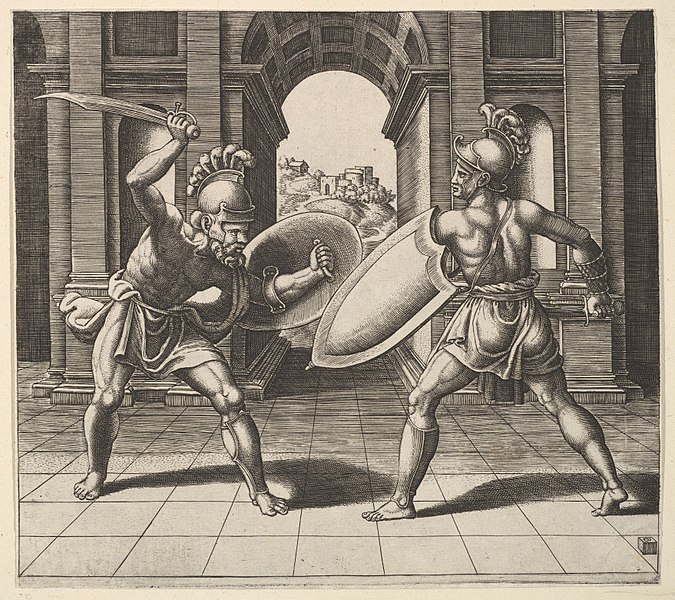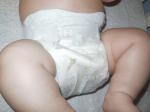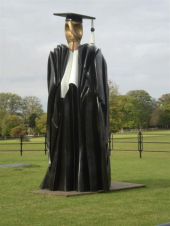
New research suggests that gladiator fights were once staged in Roman-occupied Britain, according to tests on an ancient artefact, the Colchester Vase. The vase depicts a fight between
combatants and is nearly two millennia old. Discovered in a Roman grave in Colchester, the 23cm-high vessel was used as a cremation vessel and was made between AD 160-200. It is described by Colchester Museums as "one of the most important, and perhaps famous, pots from Roman Britain" as it depicts scenes that may have been witnessed in a Roman arena, such as animal hunts and a duel between a pair of gladiators.
According to Frank Hargrave, the head of Colchester and Ipswich Museums, there is no written information about gladiator fights in Britain, making the Colchester Vase "the only evidence" of such duels in Britain. The analysis of the vase has led to "startling new conclusions," he said. Hargrave noted that the vase's quality has led to an assumption that it could not have come from Britain, but the fresh research had "put that to bed." The analysis confirmed that the vase was made from local clay and crucially showed the names of gladiators Memnon and Valentinus were written into the clay while the pot was being made. Previously, it was believed that the inscriptions had been added after the vase had been fired, suggesting less of a link between the decoration and local events.
The human remains inside the pot suggested that the deceased person was aged over 40 and may have come from overseas. Glynn Davis, a senior curator of Colchester and Ipswich Museums, told The Observer that the vase may have belonged to a sponsor of the gladiatorial fight depicted. The item is due to go on display at Colchester Castle from 15 July, along with other significant Roman finds.
Colchester is one of England's most historic cities, becoming the capital of Roman Britain soon after the conquest of AD 43, and known as Camulodunum. Previous discoveries have indicated the presence of Roman-era gladiators in Britain, even if the evidence of arena combat here has been thin. Skeletons from an ancient "gladiator cemetery" went on display in York in 2011, although archaeologists said they could not be certain the men were fighters.
The vase's discovery is significant as it provides insight into Roman-era life in Britain and the presence of gladiators. The vase's quality also challenges assumptions about the skill and artistry of ancient British potters. The analysis of the vase shows that Britain was not merely a recipient of Roman culture but was an active participant, making significant contributions to the wider Roman world.
The vase's discovery provides further context to what is already known about Roman Britain and its society. As well as being a cultural exchange, the Roman occupation of Britain was a time of change and conflict, with wars and uprisings against Roman rule. The discovery of the vase and its depiction of gladiatorial combat raises questions about the popularity of such events in Britain and the Roman era's societal structure.
Overall, the discovery of the Colchester Vase and its analysis sheds light on the little-known history of gladiator fights in Roman Britain. It challenges assumptions about ancient British craftsmanship and provides context for understanding Roman-era society in Britain. Its display at Colchester Castle will allow visitors to glimpse the life of ancient Romans in Britain and their fascination with gladiatorial combat. Photo by Metropolitan Museum of Arts, Wikimedia commons.







































